Hanoi on a new height
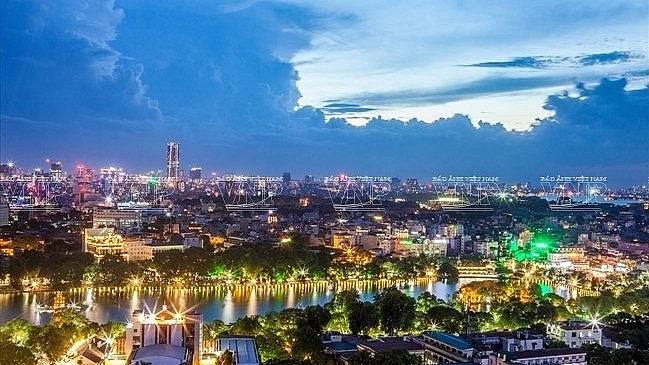 |
| Hanoi on a new height |
A decade is not long compared to the history of the development of the capital city and the country, but this is a particularly important period to create new strength and power for Thang Long - Hanoi and the country to move forward in the cause of promoting industrialisation, modernisation and international integration.
The expanded land has created favourable conditions for socio-economic and urban development in Hanoi.
It was the largest expansion ever of Hanoi in terms of area, administrative scale and population with a total area of 3,344.7 sq. km, 3.6 times larger than the old boundary, 29 administrative units and a population of more than six million people. Currently, Hanoi has 30 districts and towns with a population of approximately 7.7 million.
The expanded land has created favourable conditions for socio-economic and urban development. Abundant human resources have increased the attractiveness of the capital city.
The confluence of rich traditional cultural values has created greater motivation to promote the development of Hanoi in a sustainable manner.
Besides the advantages, the city is also facing new tasks and challenges which put higher demands on the state’s management capacity for a new large urban area with bigger population.
Hanoi has advised the Politburo to issue Resolution No.11-NQ/TW on January 6, 2012 on the direction and tasks on the development of the capital city for the 2011-2020 period.
The city also advised the Party Central Committee to approve a master plan for the construction of Hanoi up to 2030, with a vision to 2050; a master plan on socio-economic development up to 2020, with a vision to 2030; the strategy for the socio-economic development of the capital up to 2030, with a vision to 2050; together with a series of zoning plans for sectors, subdivisions and details.
The city also coordinated with central agencies to study and elaborate the submission to the National Assembly for promulgation of the Law on the Capital City, thereby concretising and promulgating a number of development mechanisms and policies.
Hanoi has always paid due attention to the work of the building and rectification of the Party and the building of a clean and strong political system, considering it as a decisive factor in implementing and successfully organising its political tasks.
The reform of administrative procedures after 10 years has changed remarkably. Hanoi is the first locality nationwide to successfully implement the “one-door” mechanism in providing public services for State owned enterprises.
Hanoi's Provincial Competitiveness Index (PCI) has been increasing steadily since 2012 (Hanoi ranked 13th among 63 provinces and cities in 2017). In terms of the Public Administration Reform Index in 2017, Hanoi ranked second among 63 provinces and cities across the country.
After a decade, the city has been given a facelift with an average growth of 7.41% per year, making it one of the two main driving forces of the national economy.
Hanoi’s gross regional domestic product last year was nearly double that of 2008, while average per capita income reached US$3,910 in 2017, or a 2.3-fold increase from 2008.
The number of foreign tourists to the city surged to 4.95 million in 2017, from 1.3 million in 2008.
The local business climate has gradually improved, thus strengthening the trust of domestic and foreign investors.
Being listed among the top 10 most dynamic cities worldwide, Hanoi has also paid attention to rural development.
Four of its districts and 294 out of 386 communes have been recognised as new-style rural areas.
In face of new challenges, the city needs to build on its past achievements and rally State and social resources for rapid and sustainable development.
Hanoi should improve its planning and management, upgrade a synchronous and modern socio-economic infrastructure, enhance the capacity of urban development and new rural development, ensure political stability and social safety and order, improve the lives of local residents, basically and comprehensively reform education and training, develop science-technology, and step up industrialisation and modernisation.
More attention should also be paid to enhancing Party building and rectification, improve the efficiency of all-level political systems, while at the same time further developing the knowledge-based economy to contribute to the renewal of growth models and economic restructuring, thereby improving its economic competitiveness.
Party members and people from all walks of life in Hanoi are believed to uphold their tradition of solidarity and responsibility to overcome difficulties and reap new achievements, deserving of the city of peace and heroic capital of the country.
What the stars mean:
★ Poor ★ ★ Promising ★★★ Good ★★★★ Very good ★★★★★ Exceptional
 Tag:
Tag:
Related Contents
Latest News
More News
- ADB forecasts 6 per cent growth for Vietnam (April 12, 2024 | 17:17)
- SCB, Van Thinh Phat execs convicted of embezzlement; Truong My Lan sentenced to death (April 12, 2024 | 09:59)
- Finnish kindergarten opens in Hanoi (April 12, 2024 | 09:50)
- Over 746 tonnes of rice allocated to Dien Bien, Bac Kan provinces in between-crop period (April 12, 2024 | 08:54)
- Truong My Lan sentenced to death in major bank fraud case (April 12, 2024 | 08:49)
- Netflix ordered to stop distributing unauthorised games in Vietnam (April 11, 2024 | 17:06)
- Deputy PM highlights incentive policies for rooftop solar power installation (April 11, 2024 | 17:03)
- Former FLC chairman faces securities market manipulation and asset misappropriation charges (April 11, 2024 | 15:34)
- Vietnam sends over 35,900 workers abroad in Q1 (April 10, 2024 | 14:56)
- OVs in Hungary eager to join trip to Truong Sa (April 10, 2024 | 14:52)



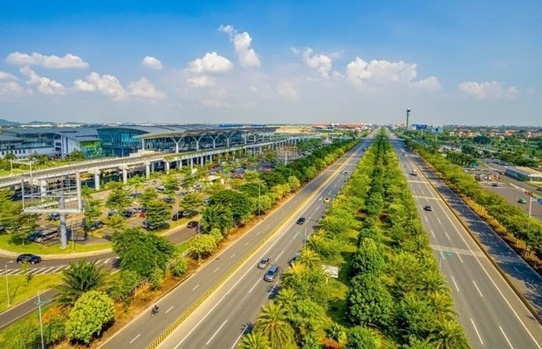
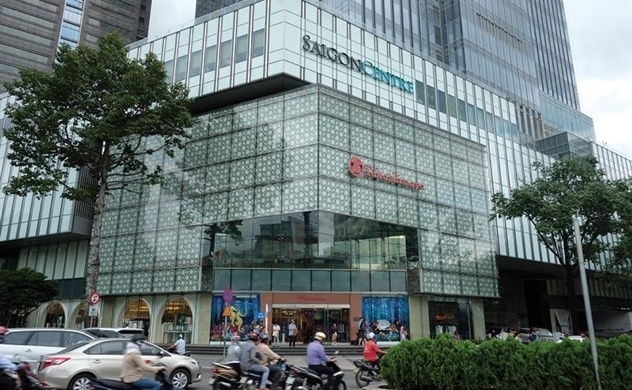

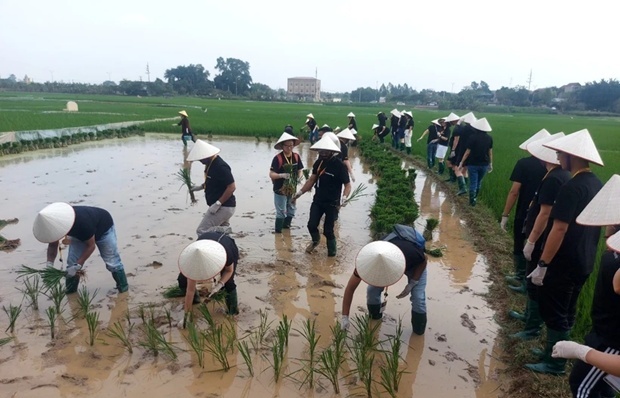
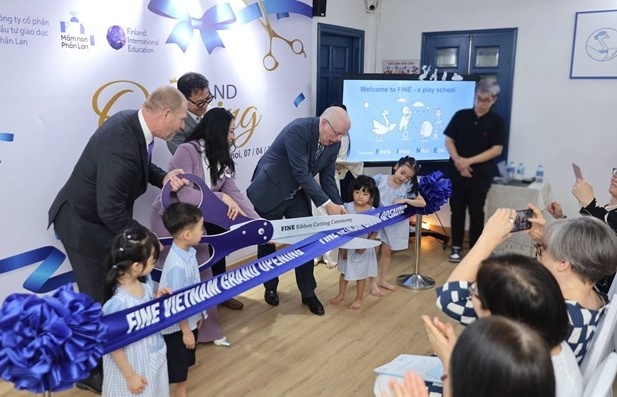
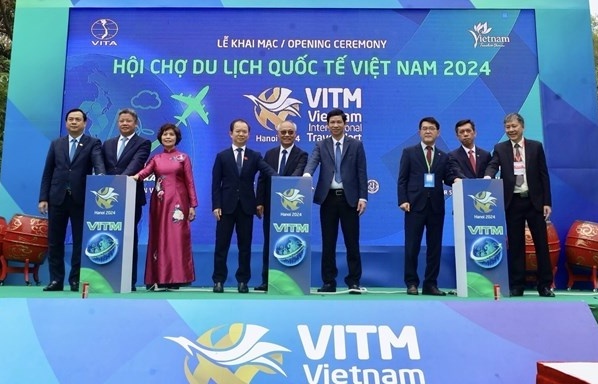
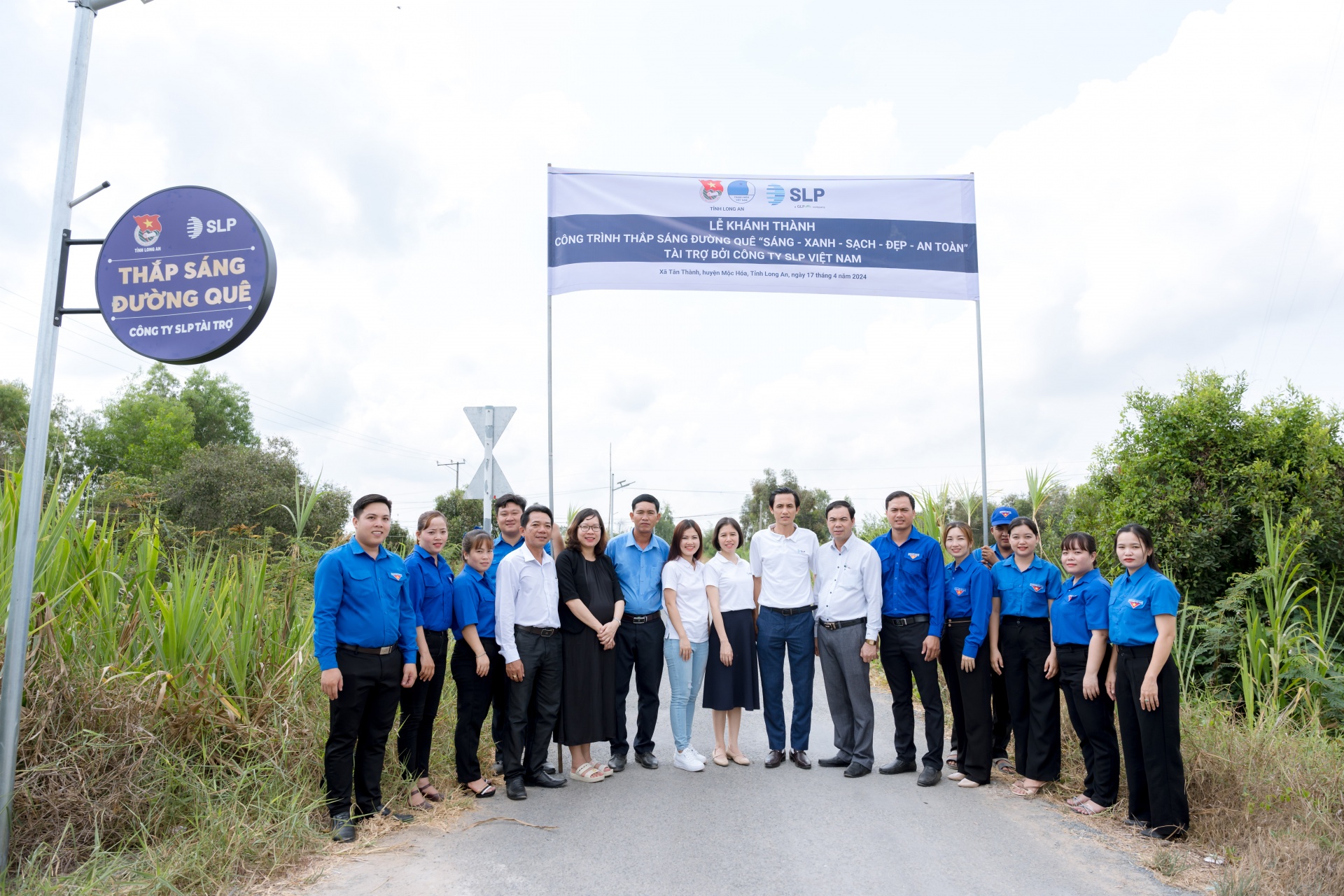
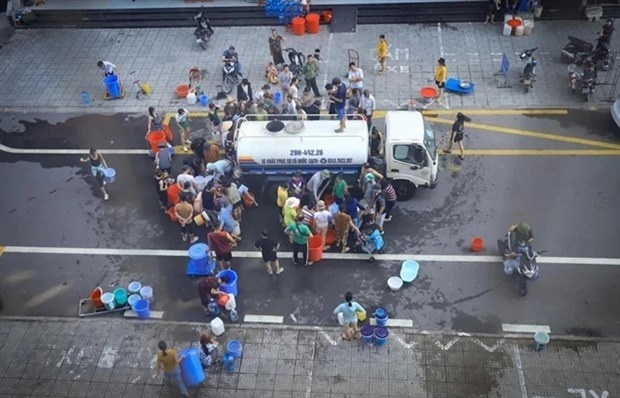

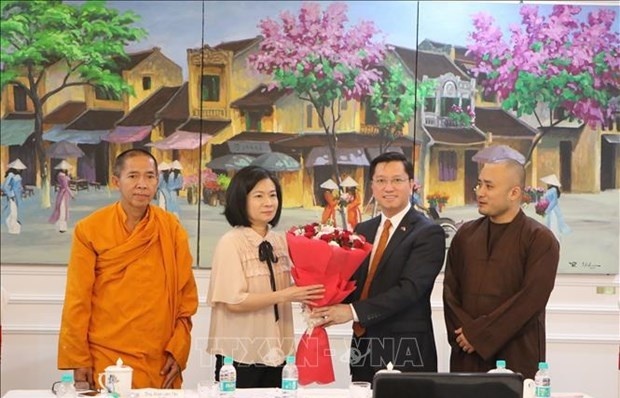
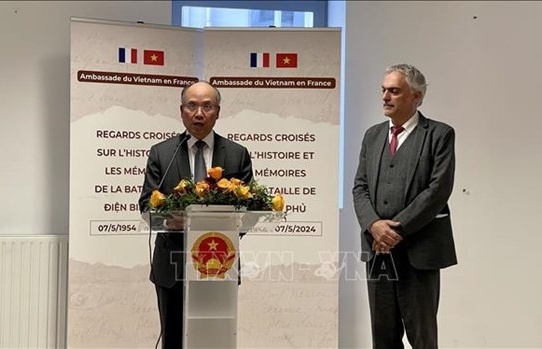
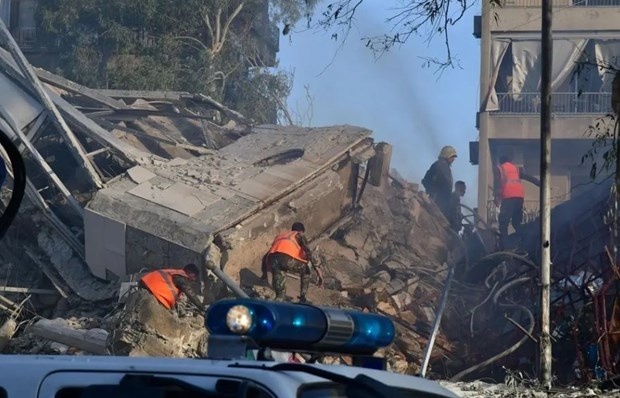









 Mobile Version
Mobile Version